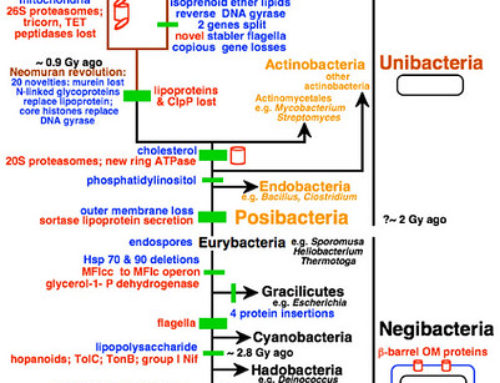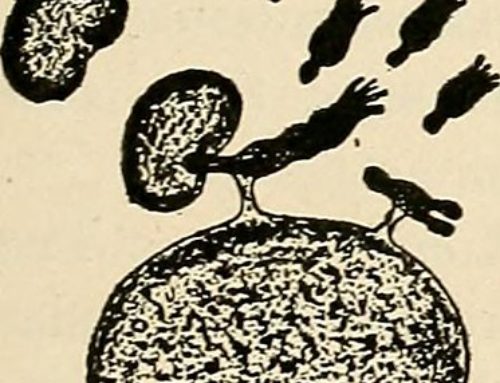- The growth of most medically important organisms is enhanced by the presence of oxygen, which acts as the hydrogen acceptor in the final stages of energy production catalyzed by the flavoproteins and cytochromes of the electron transport system.
- Organisms are often classified based on their ability to grow in the presence of oxygen:
- obligate aerobes: require oxygen for growth.
- microaerophiles: require oxygen at low concentration.
- obligate anaerobes: cannot grow in the presence of oxygen.
- aeroteolerant anaerobes: do not use oxygen, but can grow in its presence.
- facultative anaerobes: can grow in the presence or absence of oxygen.
- Aerobic growth produces 2 toxic molecules that can generate hydroxyl radicals which can damage proteins, DNA, lipids, etc. Cells have specific enzymes to deal with these toxic molecules:
- Superoxide (O2–) is converted to oxygen and hydrogen peroxide by the enzyme, superoxide dismutase: 2O2– + 2H+ —-à O2 + H2O2
- Hydrogen peroxide (H2O2) is broken down into water and oxygen by the enzyme, catalase: 2H2O2 —-à 2H2O + O2
- Obligate anaerobes generally do not have catalase nor superoxide dismutase!
Photo by phylofigures







Leave a Reply